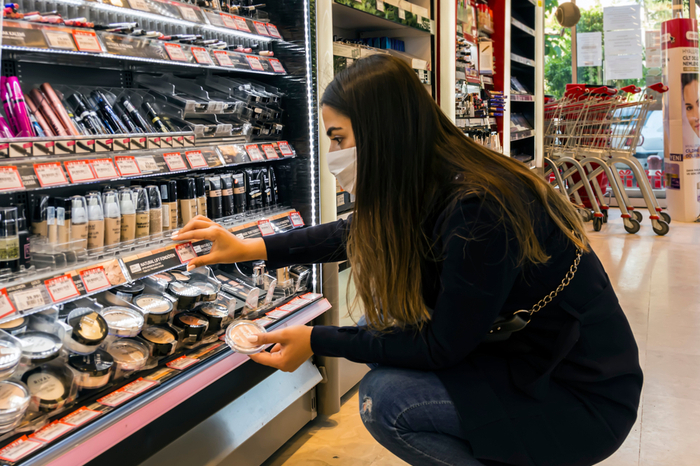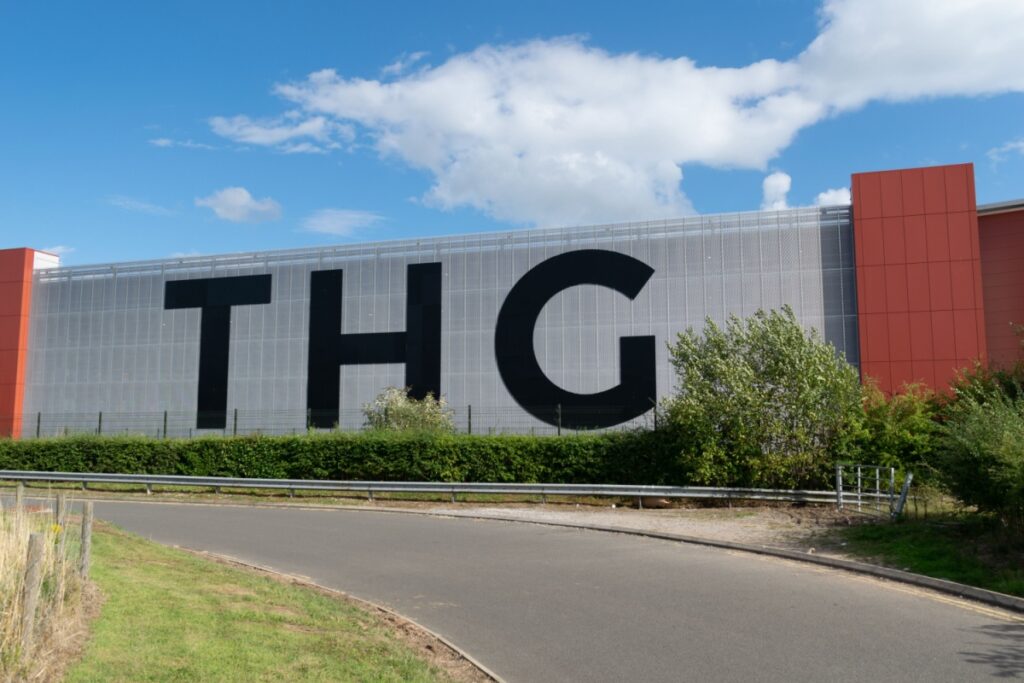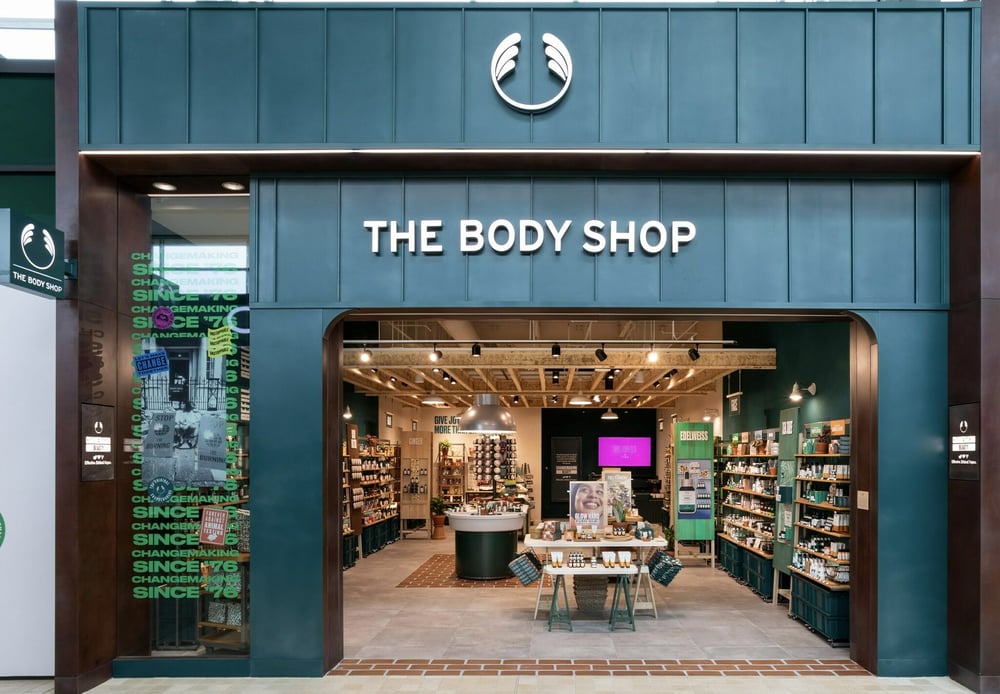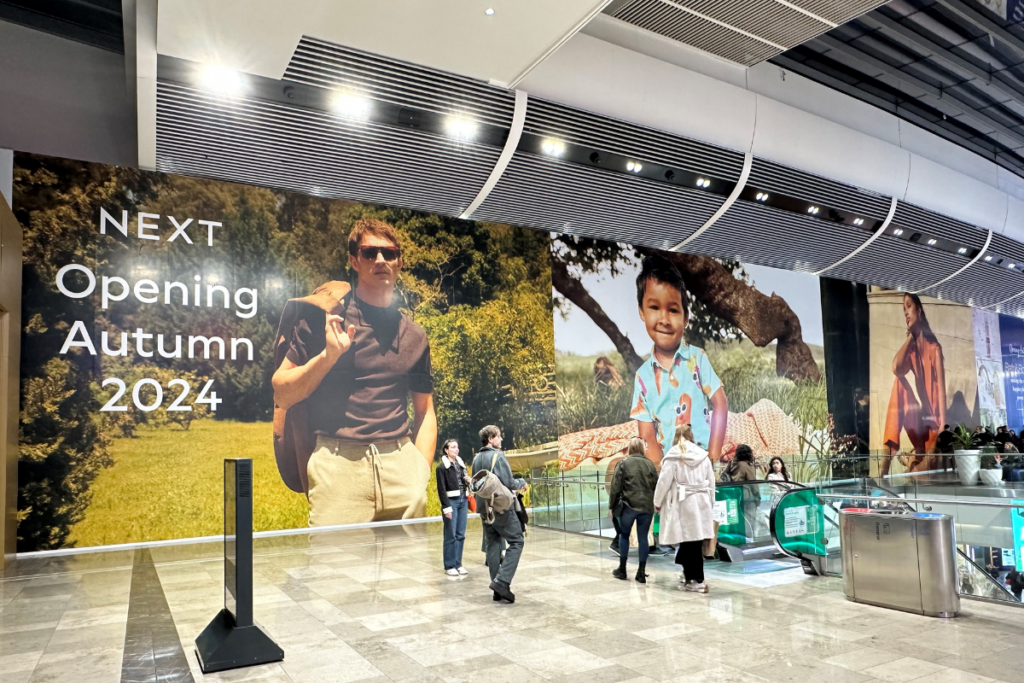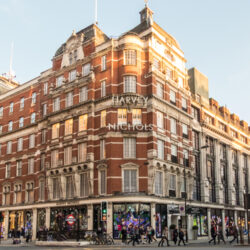The UK is among the three leading cosmetic consumers in Western Europe, behind France and Germany, according to Statista.
The cosmetics boom in the UK happened in 2017, when the sector’s market value reached a staggering £9.8 billion. Since then, its market value has remained above £9 billion. The UK’s beauty industry is worth £27 billion as of 2020 and ranks as the seventh largest cosmetics market in the world.
According to comparison platform Finder though, the UK’s beauty industry is worth a whopping £27 billion as of 2020. It ranks as the seventh largest cosmetics market in the world, and held the third spot in terms of largest markets operating in the UK in 2020.

It’s clear that beauty – which comprises of cosmetics, skin care and more – is one of the biggest and fastest-growing categories in retail.
However, the Covid-19 pandemic has led to a shift in purchasing behaviours. As many Brits continue to work from home and a plethora of social and cultural events have been cancelled, the demand for beauty has inevitably dropped as demand for loungewear and sportswear increases.
GlobalData predicted last year that the value of the UK’s cosmetics industry is set to decline by 10 per cent, due to 43 per cent of Brits planning to socialise less outside of their homes.

“With fewer out-of-home occasions for consumers to attend, as well as the transition to working at home, cosmetics has taken a backseat,” GlobalData consumer analyst Lia Neophytou said.
“Even when consumers do venture outdoors, the wearing of masks is further diminishing the need for cosmetics.”
Neophytou added that the cosmetic sector is expected to return to growth in 2021, but it would not reach pre-Covid levels just yet.
There is no question that 2020 brought unprecedented challenges to consumers and retailers across the UK, thanks to the pandemic.
Yet when compared to other sectors such as fashion, beauty has been somewhat insulated from the impact of Covid-19. Amid an ongoing shift to online shopping, GlobalData found that 37.2 per cent of consume purchased health and beauty products via online in the last year. GlobalData also said last year that health and beauty spend in the UK is forecast to rise by 8.8 per cent out to 2024, equating to an additional £2 billion.
As the beauty sector looks ahead for the post-lockdown recovery phase, retailers may need to ensure they are flexible enough to adjust to category and regional opportunities, while maintaining or increasing digital investments.
Beauty Base marketing manager Alexandra Dinu said the retailer noticed a “considerable change” in the consumer spend on the beauty category in the last six months of 2020, compared with the same period in 2019.
“With a marginal upward trend, the budget makeup category has seen in the last six months of 2020 only a 3.8 per cent sales increase compared to the same period in 2019,” she told Retail Gazette.
“Notwithstanding the marginal increase, the preference for the product types within the makeup category shifted, with customers purchasing more eyeshadows, eyelashes and lipsticks.
“As far as skincare is concerned we have seen a dramatic shift with a 200 per cent increase in sales of skincare products such as moisturisers, hand lotions, body lotions.”
Dinu added that Beauty Base has seen an increase in the men’s grooming category due to the emergence of new brands and targeted advertising, with a 300 per cent growth in the men’s skincare category.

Sona Abaryan, retail expert at data collector Ekimetrics, said retailers have notably seen growth in skincare product consumption throughout the pandemic.
“As remote working is here for the long-term, people are more focused on selfcare and their health, rather than cosmetic products,” she explained.
“And so, consumers are investing more in skincare products rather than makeup and fragrances.”
Suzin Wold, senior vice president of marketing at tech firm Bazaarvoice agreed. She said consumers were now switching their focus to skincare, as “makeup and beauty priorities have shifted with increased time spent at home and the necessity for masks dampening desire to wear make-up regularly”.
Although it may have been predicted that beauty retailers would be affected by the pandemic due to a shift towards other categories, some have demonstrated their durability in the last year.
Online retail firm The Hut Group, which has a raft of beauty fascias and debuted on the stock market last September, saw its Christmas sales rise by 51 per cent in the quarter to December 31, ahead of previous guidance. The online giant witnessed a 66.2 per cent rise in sales across its beauty division to £298 million and added 3.5 million new active customers during its fourth quarter.

Fellow online beauty retailer Beauty Bay said in December that it was considering a stock market listing following The Hut Group’s successful IPO. The company recorded a sales rise as Brits shifted towards online spending, and said it was now seeking to capitalise on the accelerating shift in beauty and skincare product sales to digital channels.
Meanwhile, a Pinterest spokesperson told Retail Gazette that the social media platform has witnessed a 40 per cent increase in searches for ‘make up routine’ since the start of the pandemic.
“This shows that consumers are still actively engaging with beauty products and how-to’s,” the spokesperson said.#
“The types of beauty consumers are searching for has shifted with searches for ‘Natural everyday make-up” up 180 per cent and ‘naturally glowing skin” up 400 per cent.”
Abaryan added that the number of consumers shopping online is expected to have doubled since 2019, and in order to respond and adapt to this long-term trend, beauty retailers must prepare for a sustained shift to online.
Mouri Raquib, Global Campaign Manager at marketing consultancy firm Widen, argued that consumers were now relying on more product content online to make their decision as they have been left without the ability to test makeup in-store before buying.
“This product content comes in the form of images and videos, of course, but also product attributes like descriptive product copy, colour swatches, skin-tone options, and ingredient lists,” she said.
“This demand for information will only grow as shoppers continue to rely on ecommerce sites to make cosmetic purchases.
“Retailers will need to ensure they can keep track of this growing information, update it easily, and tie together all of the content for each product consistently and quickly.”
Elliott Jacobs, consulting director at commerce agency LiveArea, said retailers should replace in-store testers with individual samples.
“We’ve seen success with the likes of Birchbox – a subscription-based model where customers can demo small samples of recommended products through the mail,” he said.
Wold agreed. She said the new stay-at-home lifestyle has led to an increase in online shopping and subscription services, with more customers investing money in beauty product subscriptions such as Glossier and Birchbox.
Lysa Campbell, chief executive of Retail Marketing Group, said that while the beauty industry has indeed been hit hard by the pandemic, many products are still viewed by consumers as an “affordable luxury”.
“By ensuring a seamless online purchase experience, retailers will be able to meet the level of demand that is needed for the industry to bounce back,” she told Retail Gazette.
Indeed, some retailers have already had a head start with innovating their tech offerings as they find ways to ease the shopping experience for customers amid the pandemic.
In May last year, Charlotte Tilbury introduced a live chat service, a 1-2-1 virtual consultation, and a makeup magic online try on service where customers can virtually try on makeup icons and play around with different shades.

In the same month, Boots said it was preparing to reopen its No.7 counter and branded beauty lines following a lockdown. The retailer, which saw its online sales nearly double and searches for skincare rise 140 per cent year-on-year, was relying on digital innovation to launch its new No.7 product and reopen in-store beauty counters. It said it would offer shoppers in-store and online video consultations with No. 7 advisers, which last 15-20 minutes as well as focus on skincare and cosmetic advice.
Pinterest said consumers were keen to try on cosmetics before purchasing, whether in store or virtually and especially when it comes to new products or brands. In an effort to be reactive, the social media platform launched its own beauty AR feature and innovation, “Try on” in the UK last November, which allows consumers to view products in a range of shades from beauty brands.
The beauty retail market may need to focus on its digital offerings, particularly as the UK has already multiple lockdowns. The shopping behaviours adopted at this time may remain in the future once stores have reopened, and retailers will have the opportunity to capitalise from an omnichannel offering.
It’s unlikely that digital sales will offset the loss that physical stores are facing because it is difficult to replicate experiential retail online. This means retailers will need to work with what they have at this current time.
Undoubtedly, the numbers show that consumers are still purchasing beauty products. People are still willing to spend their money on small indulgences like lipstick and manicures. And given the current stay-at-home measures, retailers need to embrace the small indulgences like skincare products that are weathering the pandemic storm.
Click here to sign up to Retail Gazette‘s free daily email newsletter

